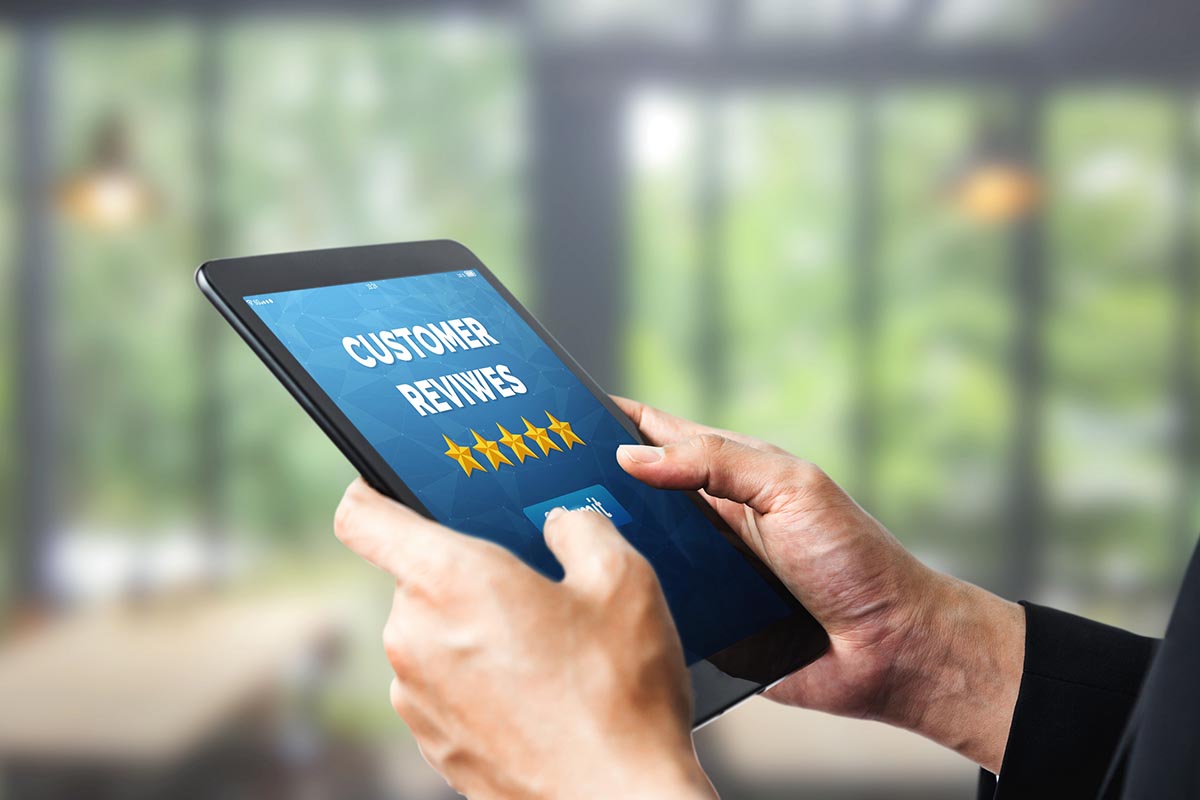Feedback Mastery: Turn Every Comment Into Growth for Your Service or Online Store
Key Points
-
Listen Like a Pro. Capture feedback everywhere—from surveys and social DMs to on-site feedback widgets—and prioritize insights from returning customers to spot the issues that matter most.
-
Dig Deeper with Root-Cause Analysis. Move beyond surface fixes by pairing exact customer quotes with usage data, then assign clear ownership and KPIs to ensure every problem is truly solved.
-
Automate & Scale Smarter. Use sentiment analysis, keyword alerts, and live dashboards to catch urgent trends in real time, freeing your team to focus on strategic improvements and customer-first communication.
Running your own business means you’re juggling a hundred priorities—and customer feedback can feel like just one more item on the to-do list.
But here’s the truth: feedback is your most direct line to what’s working, what’s not, and what your customers really want.
Whether you’re a service provider or an online retailer, ignoring those one-star rants and five-star loves can leave you blind to emerging issues (hello, cart abandonment!) and blind spots in your roadmap.
In this guide, you’ll learn how to improve customer feedback analysis from collection methods—quick surveys, incentivized reviews, on-site feedback boxes—to smarter tagging, trend-spotting, and action planning.
Ready to turn every comment into a growth opportunity? Let’s dive in.
Understand Consumer Habits
To stay ahead in today’s fast-moving market, you need to see exactly how your customers behave—where they click, what they ignore, and what keeps them coming back. The best data analytics tools make this easy:
-
Google Analytics: Track traffic sources, bounce rates, and conversion paths. Want to know if that email campaign is paying off? Set up a custom goal and watch the data roll in.
-
Hotjar: Visualize user behavior with heatmaps and session recordings. If you see everyone dropping off on your pricing page, you’ll know it’s time for a redesign.
-
Mixpanel: Drill into in-app or product usage. Ask: Who used Feature X last week, and did they stick around?
But data alone won’t tell the full story. Pair these insights with quick, targeted surveys:
-
“How did you discover us?” Use a pop-up survey on entry to learn your most effective channels.
-
“What would make your experience even better?” Trigger this after checkout or support interactions to capture fresh suggestions.
By combining hard numbers from analytics with straight-from-the-hip customer answers, you’ll spot hidden opportunities—whether it’s a new feature request or a marketing channel worth doubling down on—and anticipate their needs before they even ask.
Improve Your Products or Services
Want laser-focused insights on what tweaks your customers crave?
Try a conjoint analysis survey—a method that shows users side-by-side product options (size, shape, material, color, flavor, etc.) and asks them to choose their favorites.
This forces tough trade-off decisions, revealing which attributes they value most.
-
Pain Point: “We guessed packaging mattered most, but our sales didn’t budge.”
-
Action: Run a quick conjoint analysis survey with a tool like Qualtrics or SurveyMonkey. You’ll learn whether it’s packaging, price, or a new feature that really moves the needle.
Next, pair those findings with usability testing:
-
Recruit Real Users: Tap your existing customers or niche communities.
-
Observe & Ask: Give them a prototype or product sample and watch for hesitation points—then ask, “What made you pause here?”
-
Prioritize Fixes: Combine survey scores and usability feedback to rank improvements by impact.
By marrying hard data from your conjoint analysis survey with hands-on user reviews, you’ll pinpoint exactly where to invest—whether that’s tweaking your color palette, refining a feature, or rethinking your flavors—so your next product iteration delivers what your customers actually want.
Boost Brand Awareness
Today your next customer is only a Google or Instagram search away—and they’ll judge you by what they read.
That’s why collecting feedback and showcasing it everywhere is non-negotiable for any service business or online store.
-
Leverage Positive Reviews: Display five-star testimonials on your website and Google My Business profile—these social proof snippets are the first thing prospects see when deciding whether to trust you.
-
Encourage User-Generated Content: Offer a small discount or entry into a giveaway in exchange for a quick product review video or unboxing post tagged with your handle. Real customers sharing real experiences builds authenticity faster than any ad.
-
Monitor & Respond: Use your customer feedback analysis to spot glowing comments on social channels—then thank the author publicly. That two-way conversation not only delights existing fans but also signals to newcomers that you care.
By turning honest feedback into visible proof points—reviews, UGC posts, and social shout-outs—you’ll Boost Brand Awareness and establish your credibility before you even say a word.
Collect Customer Feedback: Make Your Customers Feel Valued
When you collect customer feedback, you’re not just gathering data—you’re showing people you genuinely care about their experience. Sure, some customers may hesitate to spend time on a survey or review, but a thoughtful invitation can turn a chore into a chance to connect.
✅Why It Matters
-
Pain Point: “I hate filling endless surveys—why should I bother?”
-
Fix: Keep it short, personal, and rewarding.
✅ Actionable Tips
-
Personalized Outreach
-
Send a friendly email within 3–5 days of delivery:
“Hi Jane, hope you’re loving your new headphones! Could you spare 60 seconds to tell us what you think? As a thank-you, here’s 10% off your next purchase.”
-
Reference their specific product or order to avoid the “mass email” feel.
-
-
Micro-Surveys
-
Embed 1–3 quick questions directly in your email or via SMS—no extra clicks.
-
Use star ratings or one-click emojis (, , ) so feedback is friction-free.
-
-
Meaningful Incentives
-
Offer small rewards (discount codes, loyalty points, or early access to new products) rather than generic “enter to win” contests.
-
Highlight this incentive up front: “Your feedback = 200 bonus points.”
-
-
Follow-Up and Acknowledgment
-
After someone submits feedback, send a personalized thank-you note or shout-out on social media (with their permission).
-
Show real impact: “Thanks to your thoughts, we’ve improved our battery life by 20%—coming soon!”
-
-
Segmented Recommendations
-
Use their feedback to tailor product or content suggestions.
-
E.g., “Since you loved our lightweight yoga mat, you might enjoy our new eco-cotton towel.”
-
By making feedback quick, personal, and rewarding—and then closing the loop with genuine appreciation—you’ll turn reluctant responders into enthusiastic brand advocates. That’s how you build lasting loyalty while gathering the insights you need to keep improving.
Gain a competitive edge
As well as collecting your own customer feedback, you can also track competitor reviews.
Ever wonder why your competitors are winning customers?
Start by tracking their reviews—use free tools like Google Alerts or Mention to catch every shout-out and gripe. Jot down the top three things people love and hate about them, then ask yourself: “Can we do that better?”
If their users rave about free shipping but complain it takes forever, make fast, free shipping your headline promise.
Share those insights with your product and marketing teams, fix the issues they’re missing, and watch your own reviews—and your bottom line—soar.
By putting both your customers and your competition under the microscope, you’ll sharpen your strategy and truly gain a competitive edge.




















